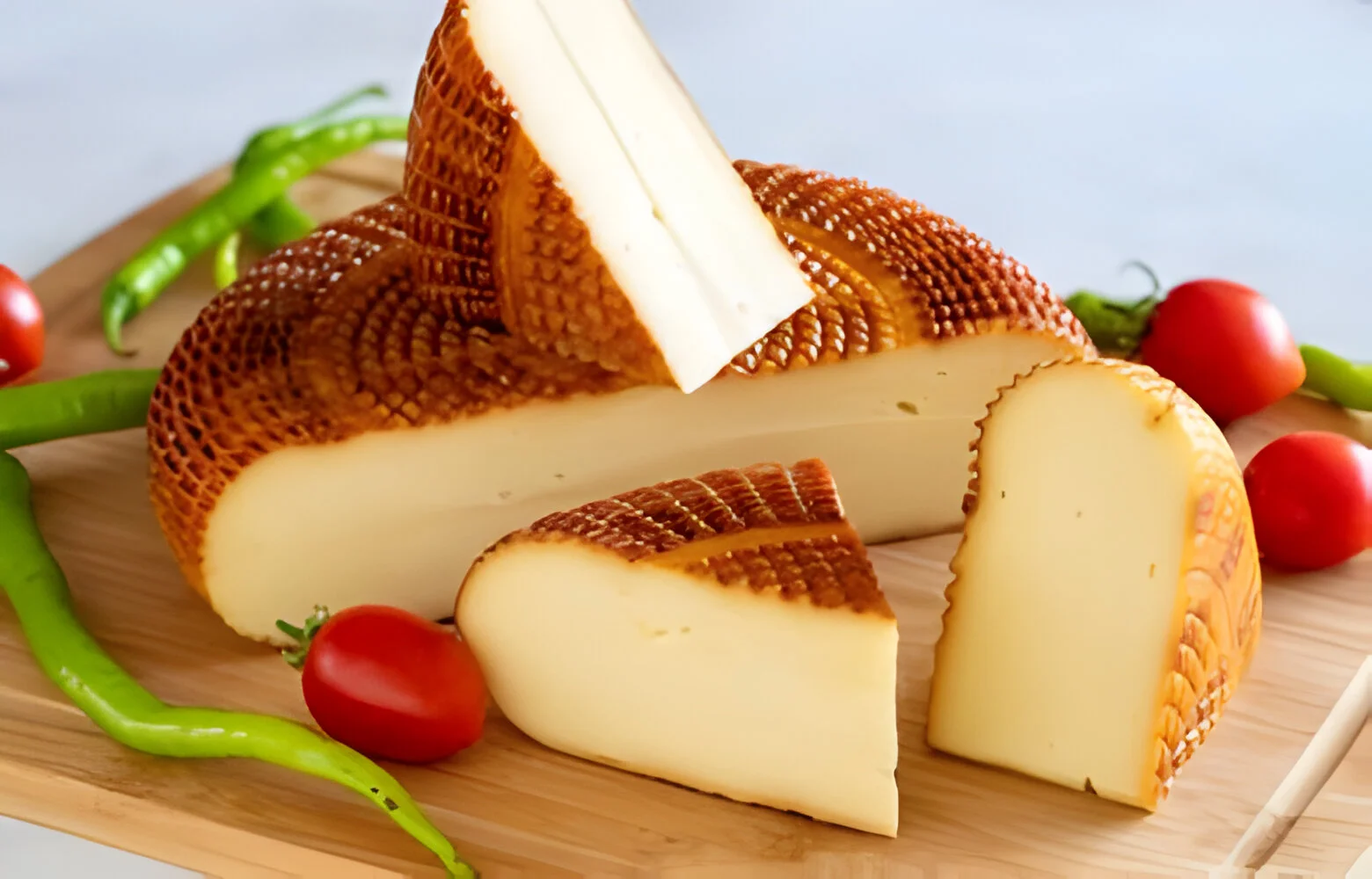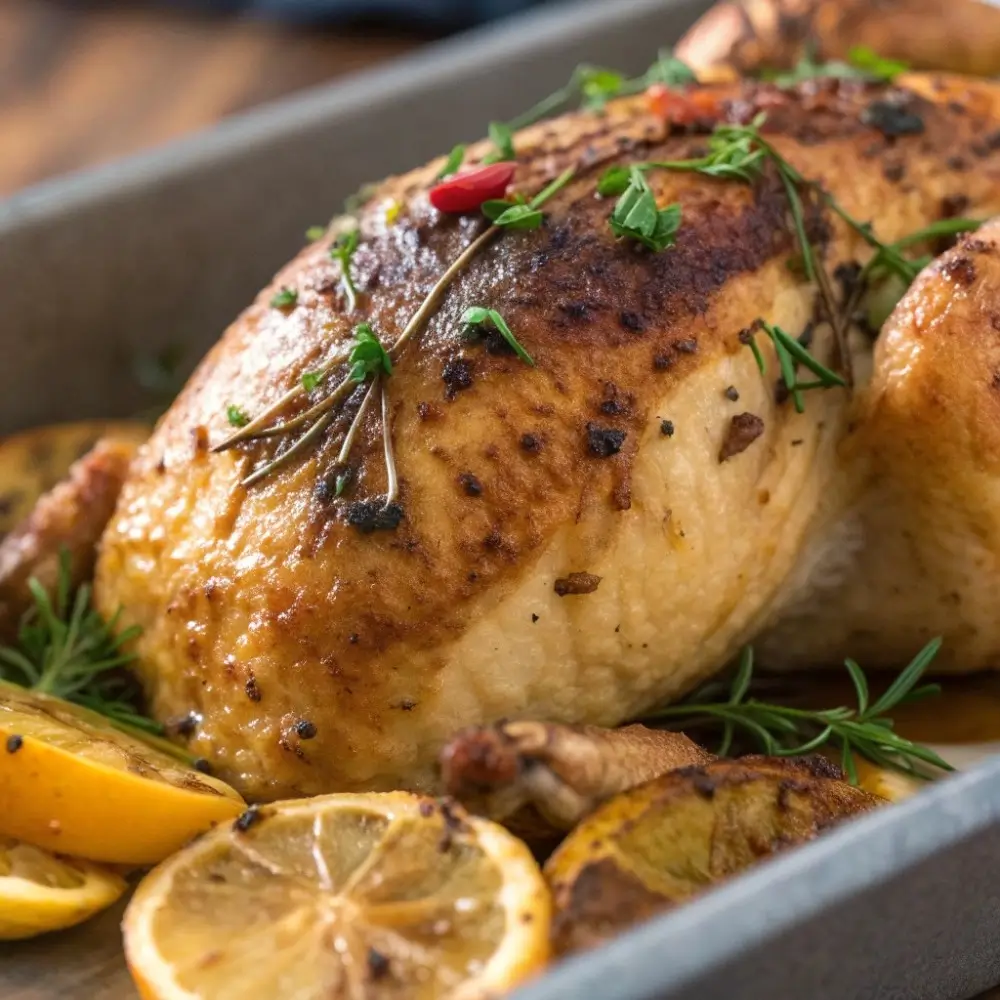Table of Contents
Have you ever wondered how to smoke cheese and transform a simple piece of cheese into a gourmet delight with just a hint of smoke? Smoking cheese is an art form that dates back centuries, offering a unique way to enhance the natural flavors of cheese using the magic of smoke. This guide is your ticket to diving deep into the world of smoking cheese at home, where we’ll explore everything from selecting the right equipment to the perfect cheese varieties for smoking. Get ready to embark on a culinary adventure that promises to elevate your cheese game to new heights!
Preparing to Smoke Cheese
Essential Equipment and Materials
Before diving into the world of smoked cheese, it’s essential to gather the right tools and ingredients. First and foremost, you’ll need a reliable outdoor grill or smoker. Whether you opt for an offset grill, a water smoker, or a pellet grill, ensure it can maintain a low, consistent temperature. Remember, cold smoking cheese requires finesse and precision.
A smoking tube filled with wood pellets is next on the list. This little gadget is crucial for generating a steady stream of smoke without introducing too much heat. When it comes to wood pellets, opt for mild fruit and nut woods like oak, pecan, cherry, or apple to impart a subtle, delightful flavor to your cheese.
Selecting the Best Cheese for Smoking
Now, let’s talk cheese. The best cheeses for smoking are generally hard or semi-hard varieties with mild flavors. Cheddar, mozzarella, Gouda, Monterey Jack, Gruyere, Brie, and Swiss are all excellent choices. If you’re new to this, starting with a mild cheese like cheddar is a good idea before moving on to more expensive or complex varieties.
Armed with the right equipment and the perfect block of cheese, you’re now ready to step into the world of smoking cheese. The journey ahead promises a tantalizing transformation of simple dairy into a smoky, savory treat that will wow your taste buds and impress your guests. So, let’s get smoking and unlock the full potential of your favorite cheeses!
In the next section, we’ll delve into the smoking process itself, guiding you through every step to ensure your smoked cheese is nothing short of spectacular. Stay tuned, and let’s make your culinary adventures smokier and more delicious than ever!
For more culinary inspirations and recipes, check out What is Caldo de Res Made Of? on OperaCook.
How to Smoke Cheese (The Smoking Process)
Step-by-Step Guide to Smoking Cheese
The process of smoking cheese is where the magic happens, transforming ordinary blocks of dairy into smoky delicacies. Here’s how to do it:
Pre-Smoke Preparation of Cheese
First things first, you’ve got to prep your cheese. It’s crucial to bring your cheese to room temperature before smoking. This step helps in reducing moisture condensation on the cheese surface, which can otherwise hinder the smoke from penetrating evenly. Gently pat the cheese dry to remove any surface moisture. Cutting the cheese into smaller pieces, around 2 to 4 inches thick, allows for more surface area to absorb the smoke, enhancing the flavor profoundly.
Lighting Your Smoker and Maintaining Temperature
Now, light up your smoker or grill, ensuring there’s no direct flame to avoid heating the cheese. The goal here is to create smoke, not heat. If you’re using a smoking tube, fill it with your choice of wood pellets, light it with a butane torch, and let it smolder. The key to cold smoking cheese is to keep the temperature under 90°F. You can achieve this by placing a pan of ice beneath the cheese or smoking during cooler weather.
Smoking Duration and Techniques
The duration of smoking can vary based on your taste preferences and the type of cheese. Generally, smoking for 2 to 4 hours suffices. However, the longer you smoke, the more intense the flavor. Throughout the smoking process, it’s vital to check on your cheese periodically, ensuring the temperature stays consistent and the smoke flows freely. Rotating the cheese halfway through can also ensure an even exposure to the smoke.
Post-Smoke Wrapping and Resting
After smoking, the cheese needs to be carefully wrapped and allowed to rest. This resting period is critical for the development of the smoky flavor throughout the cheese. Wrap the cheese in parchment paper, followed by a tight wrap in plastic or a vacuum seal. Then, store the wrapped cheese in the refrigerator for at least 1 to 2 weeks. This patience-testing phase allows the smoke flavor to mellow out and distribute evenly, resulting in a perfectly smoked cheese that’s ready to impress.
Smoking cheese at home is a rewarding venture that adds a gourmet touch to your culinary creations. By following these steps and tips, you’ll be well on your way to mastering the art of smoking cheese, ready to enjoy and share your flavorful creations with friends and family. Whether served as a sophisticated appetizer or used to elevate your favorite dishes, smoked cheese is sure to become a beloved staple in your kitchen.
Troubleshooting Common Issues
Addressing Smoking Challenges
Even the most seasoned home chefs can encounter hurdles when smoking cheese. Let’s tackle some common issues and ensure your smoking adventure is as smooth as possible.
Managing Temperature Fluctuations
Temperature control is paramount in smoking cheese. Consequently, temperature fluctuations can lead to melting or uneven smoking. To combat this, always use a remote thermometer to keep a close eye on the internal temperature of your smoker. Additionally, on hotter days, placing a tray of ice inside the smoker can help keep the temperature down. Remember, the golden rule is keeping it under 90°F to prevent the cheese from melting.
Preventing Over-Smoking and Bitterness
Over-smoking cheese is a common pitfall that can result in a bitter taste. The key to avoiding this is moderation. Smoke the cheese for the recommended 2 to 4 hours and taste test. If you’re unsure, start with less smoking time—you can always smoke it a bit more if needed. Additionally, choosing the right wood pellets is crucial; opt for milder woods like apple or cherry to prevent overpowering the cheese with smoke.
Discover The Nutritional Benefits of Cheese at Healthline.
Creative Ways to Enjoy Smoked Cheese
Serving Suggestions and Pairings
Smoked cheese is incredibly versatile and can elevate many dishes with its rich, nuanced flavors.
Culinary Uses for Smoked Cheese
Incorporate smoked cheese into your cooking for a delightful twist. Melt it over burgers for a smoky addition, or slice it thinly to enhance a charcuterie board. Its robust flavor also makes it an excellent choice for adding depth to sauces and soups.
Innovative Recipes Incorporating Smoked Cheese
For a truly gourmet experience, try making a smoked cheese macaroni and cheese. The smokiness adds a complex layer of flavor that is simply irresistible. Another fantastic option is a smoked cheese and broccoli quiche, where the smoky notes beautifully complement the freshness of the broccoli.
For a quick and impressive appetizer, consider smoked cheese-stuffed jalapeños wrapped in prosciutto. The combination of smoky, spicy, and salty flavors is a guaranteed crowd-pleaser.
Discovering the many ways to enjoy smoked cheese is an exciting culinary journey. From simple snacks to sophisticated dishes, the addition of smoked cheese promises to make every meal memorable. So, get creative, experiment with different pairings, and most importantly, enjoy the delicious world of smoked cheese!
Frequently Asked Questions
Delving into the world of smoking cheese naturally brings up a lot of questions. Here are answers to some of the most commonly asked queries to help smooth your path to becoming a smoked cheese aficionado.
How long does smoked cheese last?
Once smoked and properly wrapped, cheese can last for up to 6-8 weeks in the refrigerator. Ensure it’s sealed in either vacuum packaging or tightly wrapped in plastic wrap to maintain its quality and flavor.
Can I smoke soft cheeses?
While hard and semi-hard cheeses are ideal for smoking due to their dense structure, soft cheeses can also be smoked. However, they require a delicate touch, shorter smoking times, and very low temperatures to prevent melting. Soft cheeses will absorb smoke faster and can easily become overpowered by the smoky flavor.
What if my cheese melts during smoking?
Melting can occur if the smoker’s temperature rises above 90°F. Consequently, if you notice your cheese starting to soften too much, remove it from the smoker immediately. To prevent this, consistently monitor the temperature inside your smoker. Additionally, consider smoking on cooler days or using a pan of ice inside the smoker to keep the temperature down.
How can I achieve a milder smoke flavor?
For a milder smoke flavor, reduce the smoking time and choose woods that produce a lighter smoke, such as apple or cherry. Experimenting with different smoking durations and wood types will help you find the perfect balance to suit your taste preferences.
Is it necessary to flip the cheese during smoking?
Yes, flipping the cheese halfway through the smoking process ensures an even exposure to the smoke on all sides. This helps in achieving a uniformly smoked product, enhancing the overall flavor and texture of the cheese. Just be gentle to prevent any damage to the cheese’s structure.
Can smoked cheese be frozen for longer storage?
While freezing smoked cheese is possible, it’s not recommended as it can alter the cheese’s texture, making it crumbly and dry once thawed. For the best quality and flavor, store smoked cheese in the refrigerator as advised, and enjoy it within the recommended time frame.
Expanding Your Smoked Cheese Horizons
As you become more comfortable and experienced with smoking cheese, why not explore beyond the basics? There’s a whole world of flavors, techniques, and recipes waiting for you to discover.
Experimenting with Flavors
Don’t be afraid to experiment with different types of wood for smoking. Each type of wood imparts a unique flavor, and blending woods can create a complex flavor profile that makes your smoked cheese stand out. Additionally, consider applying a thin layer of spices or herbs to the cheese before smoking for an extra flavor dimension.
Advanced Smoking Techniques
Once you’ve mastered the basics, try advanced techniques like cold smoking cheese in different weather conditions or experimenting with longer smoking times for a deeper smoke flavor. You could also explore using a smoke generator for more consistent smoke production.
Pairing Smoked Cheese with Other Foods
Smoked cheese pairs wonderfully with a variety of foods. Explore pairing it with fruits like apples or pears, or with nuts and honey for a delightful snack. Smoked cheese also makes an excellent addition to salads, sandwiches, and even desserts that can benefit from its unique flavor.
Hosting a Smoked Cheese Tasting
Share the fruits of your labor by hosting a smoked cheese tasting event. It’s a fantastic way to showcase different cheese varieties, smoking woods, and techniques. Pair each cheese with wines, beers, or non-alcoholic beverages that complement their flavors for an unforgettable culinary experience.
Diving deeper into the craft of smoking cheese not only broadens your culinary skills but also enhances your appreciation for the subtle nuances that make each smoked cheese unique. Continue exploring, experimenting, and most importantly, enjoying the delicious world of smoked cheese.
Conclusion
Embarking on the journey of smoking cheese at home opens up a world of culinary possibilities. From choosing the right equipment and cheese to mastering the smoking process and troubleshooting common issues, each step brings you closer to creating gourmet smoked cheese that can elevate any meal. Remember, the key to success lies in patience, experimentation, and a bit of creativity. Whether you’re serving smoked cheese as a sophisticated appetizer, incorporating it into delicious recipes, or simply enjoying it as a savory snack, the unique flavors you achieve will surely impress. So fire up your smoker, select your favorite cheeses, and get ready to enjoy the rich, smoky goodness of homemade smoked cheese. Happy smoking!





